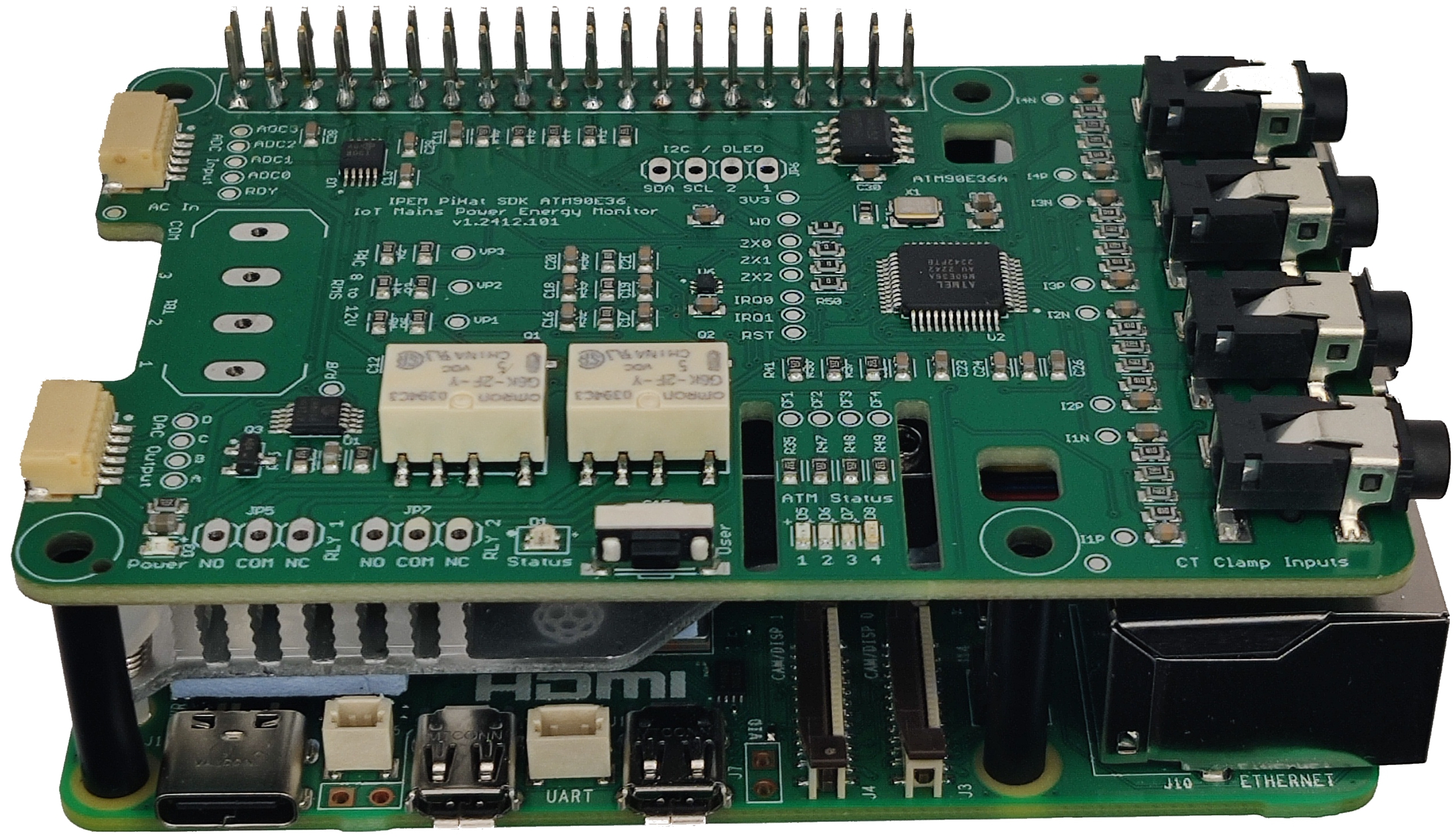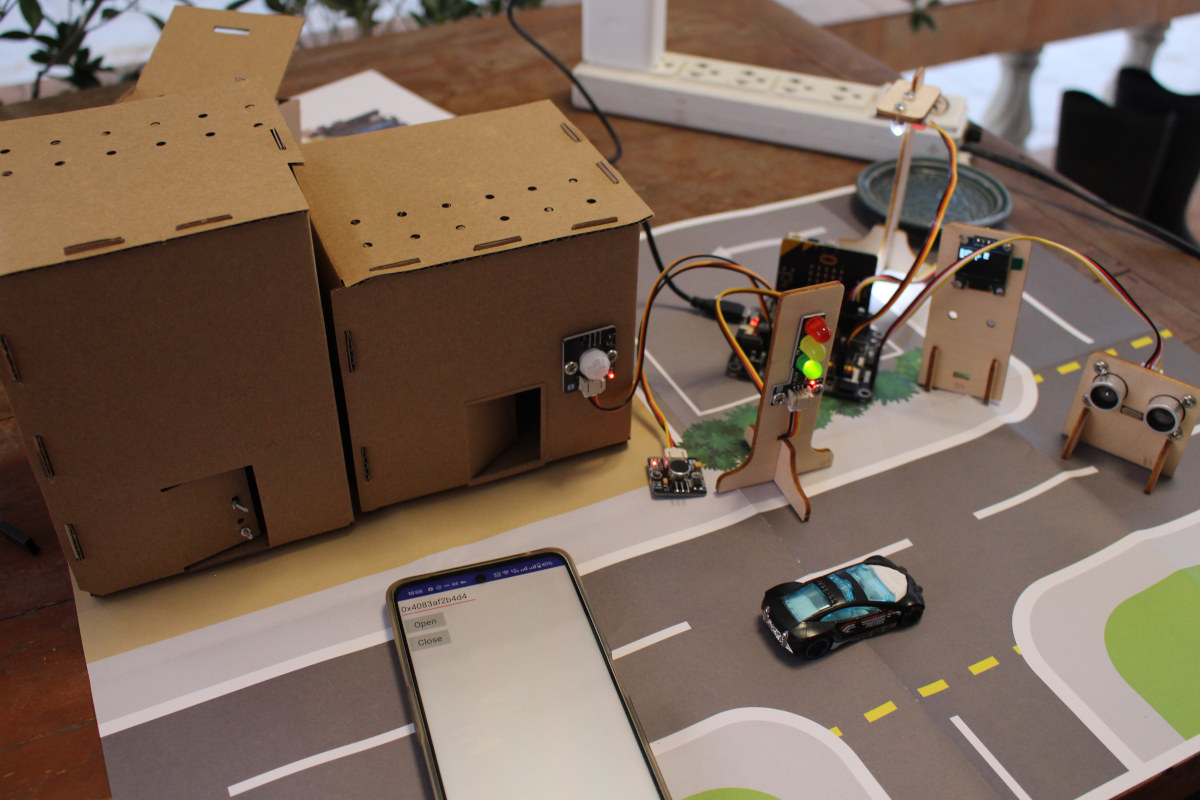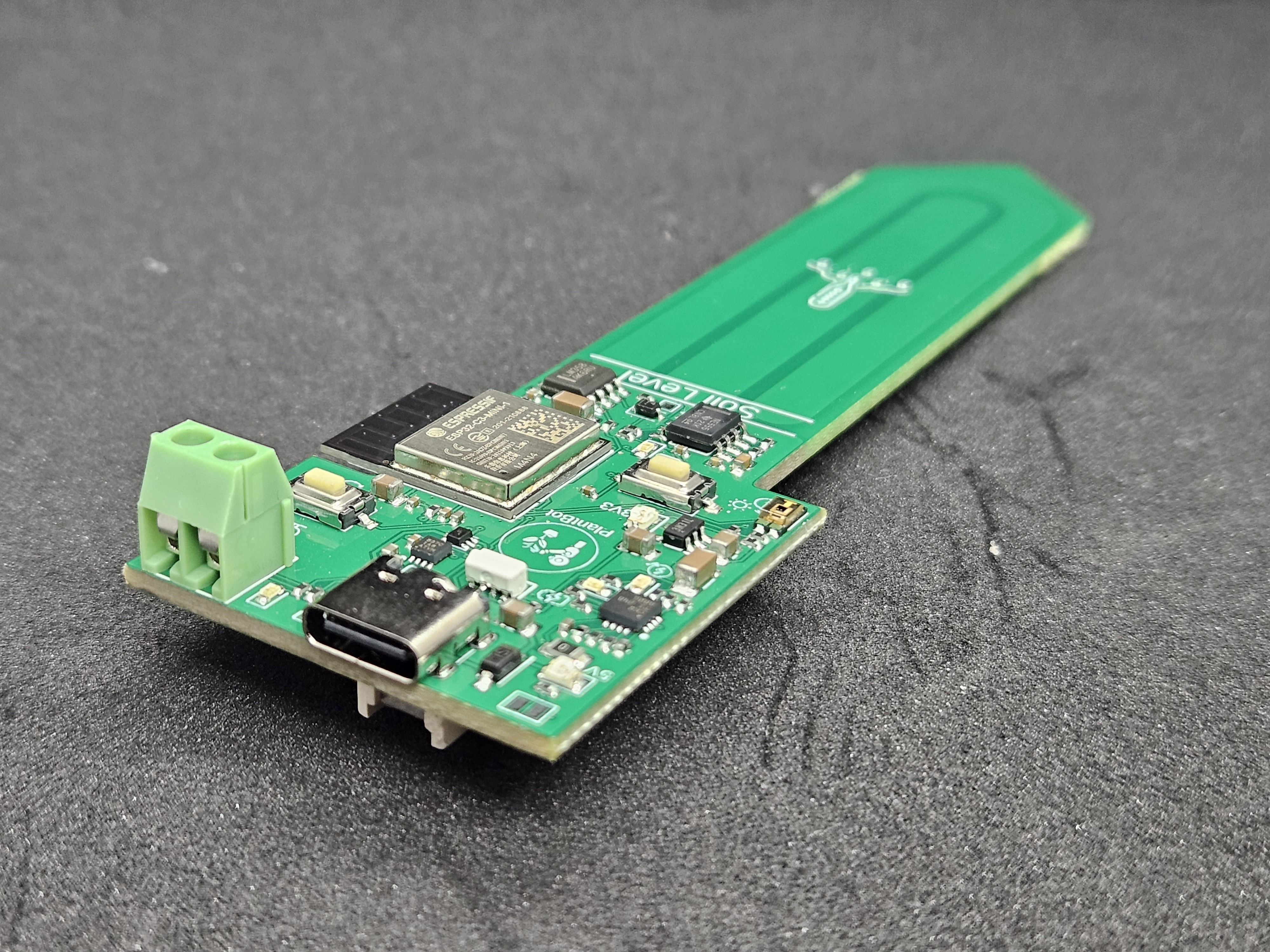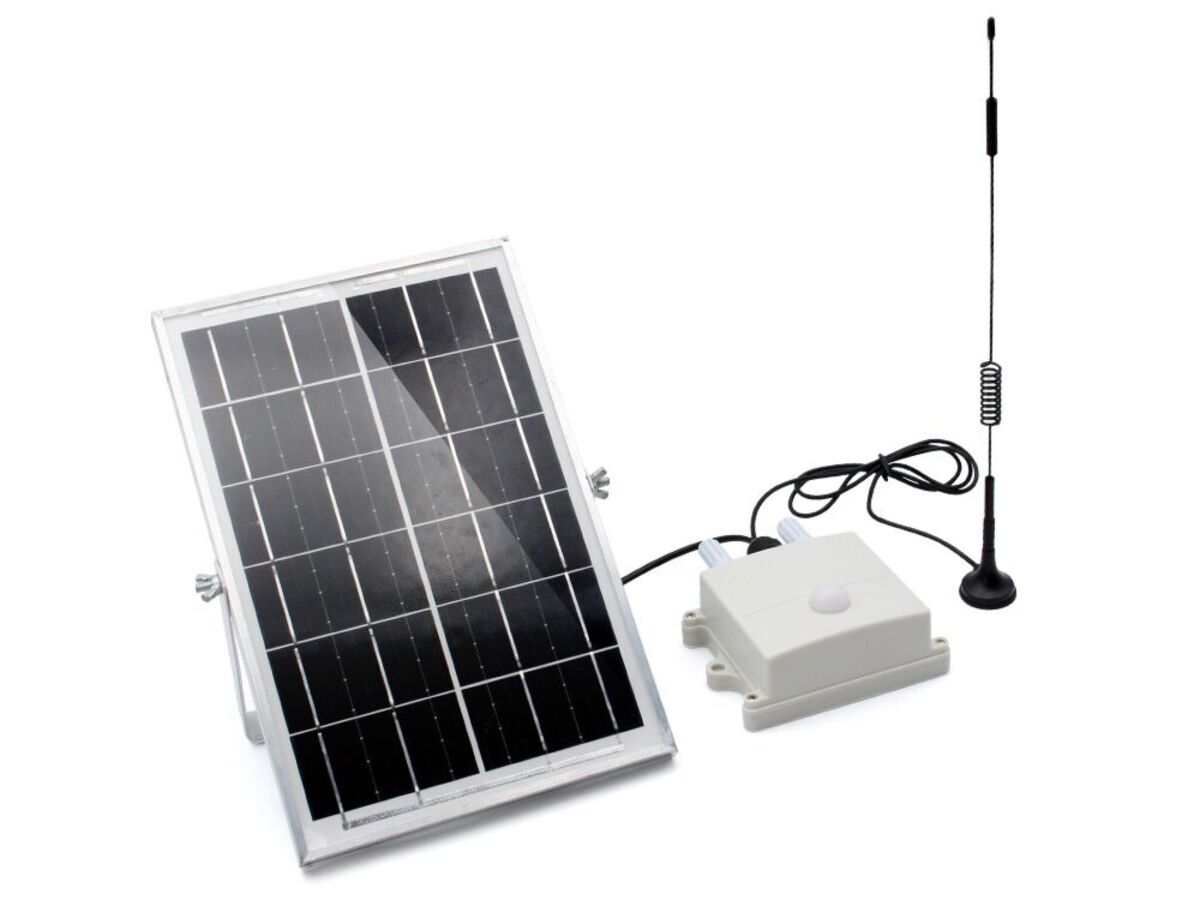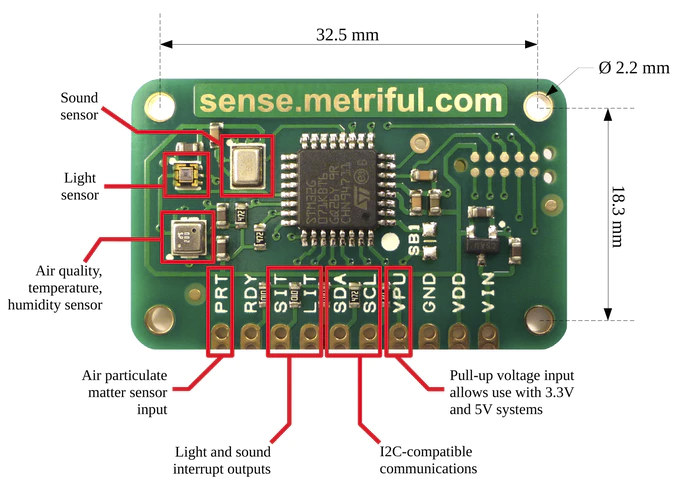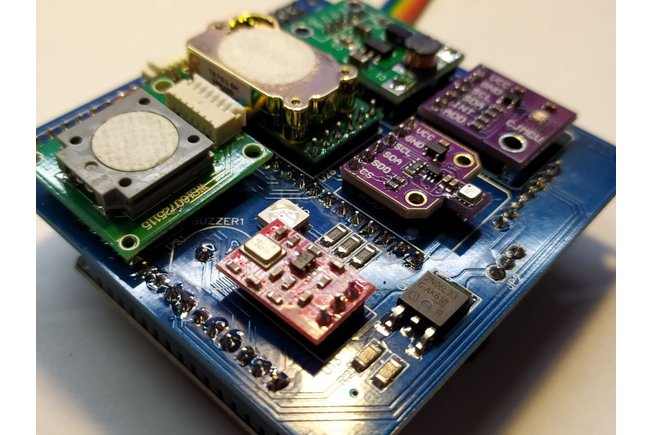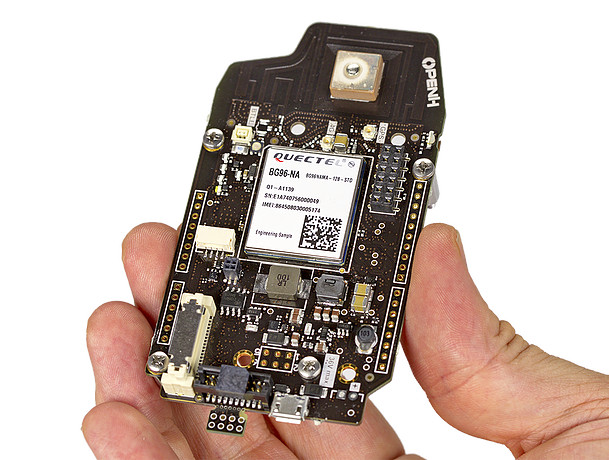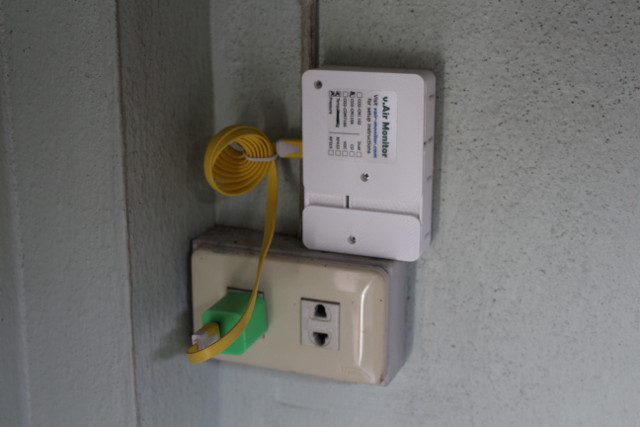The IPEM PiHat is a HAT (Hardware Attached on Top) board for the Raspberry Pi that turns the single-board computer into a mains power energy monitor with four CT clamps. It provides an accurate way to track energy usage in home, office, and solar energy systems and is compatible with single-phase, two-phase, and three-phase electrical systems. The Raspberry Pi-based power energy monitor uses CT (current transformer) cable clamps to sample and measure data which can be used to report and analyze electric energy usage. This data can be used to save and divert energy to reduce costs and inefficiencies. The system is easy to set up and does not require a professional electrician. It uses a CT current clamp clipped over the building’s main power cables and connected to the local mains circuit for voltage and frequency measurement. The add-on board comes in two variants: IPEM PiHat and IPEM PiHat […]
Review of SMARTHON Smart City IoT Starter Kit for BBC Micro:bit
SMARTHON Smart City IoT Starter Kit for micro:bit is an educational kit for 10+ years old teaching basic projects from turning an LED to more complex projects with multiple sensors, IFTTT integration, and mobile app development. The company sent us a sample of the Start Kit along with a BBC Micro:bit board for review, and we’ll report our experience with the kit in this review. Unboxing of SMARTHON Smart City IoT Starter Kit for micro:bit The package I received includes the SMARTHON Smart City IoT Starter Kit for Micro:bit and a BBC Micro:bit V2 board since it’s not included in the starter kit. The bottom side of the package lists the main components and features a QR code pointing to the product page. The package includes cardboard and wooden models, various cables, a 180° servo, a screw set, a city map, the Smarthon IoT:bit carrier board for the BBC Micro:bit, […]
$12 Plant Bot is an ESP32-C3 soil sensor and pump driver for fully automated indoor plant care
The Plant Bot is an open-source, Internet-enabled plant monitor powered by the ESP32-C3 microcontroller and integrating a corrosion-resistant capacitive moisture soil sensor and a pump driver on a single printed circuit board, eliminating the need for additional cabling. The Plant Bot is designed to automate indoor plant care by combining moisture sensing, light sensing, and pump activation. It can be powered via USB or a single coin cell battery which lasts up to a week with daily updates. An onboard multi-color LED visually represents the current soil condition, ranging from red (dry) to blue (moist). The “Soil Level” line on the board indicates the maximum depth to which the sensor or device should be inserted into the soil. According to the maker, the Plant Bot will remain unaffected by corrosion if the soil level does not exceed this line. Other solutions we’ve covered with a soil sensor usually separate the […]
NBIOT/LTE-M Air Monitor – A solar-powered ESP32-S3 multi-sensor board with SIM7080G NB-IoT & LTE-M modem
The NBIOT/LTE-M Air Monitor is a solar-powered device that utilizes a combination of ESP32-S3 and SIM7080G modules for remote environmental monitoring. It monitors and transmits environmental parameters such as temperature, humidity, CO2, TVOC, and light intensity using low-power wide-area network (LPWAN) technology ensuring efficient power consumption, durability, and reliable data transmission. Previously we have written about similar environment monitor devices like the Airlytix ES1, Sonoff SC WiFi, V-Air Monitro, and devices like Arduino MKR IoT Carrier Rev2, Radair mini gateway, and Nicla Sense ME designed for environment monitoring applications. Feel free to check those out if you are interested in this type of product. NBIOT/LTE-M Air Monitor specification Wireless Module – ESP32-S3-WROOM-1-N16R8 Espressif Systems ESP32-S3R8 – Dual-core Tensilica LX7 @ up to 240 MHz with vector instructions for AI acceleration, 512KB RAM, 8MB PSRAM Storage – 16 MB flash Wireless – 2.4 GHz WiFi 4 and Bluetooth PCB antenna Cellular connectivity Module – SIMCom SIM7080G LTE Cat […]
STM32 based Indoor Air Quality Sensor Connects to Raspberry Pi or Arduino (Crowdfunding)
Even before the COVID-19 lockdown, people spent most of their time indoors (around 90% according to some studies), so it’s important to monitor air quality and other metrics like light and sound levels in our homes, workplaces, schools, cars, etc… Metriful Sense indoor environment monitor does just that by reporting multiple metrics such as temperature, humidity, particle concentration, etc… over I2C to microcontroller or processor boards such as Arduino or Raspberry Pi. Sense hardware specifications: MCU – STMicro STM32G071KB Arm Cortex-M0+ microcontroller @ 64 MHz with 128 KB Flash, 36 KB SRAM Sensors Bosch Sensortec BME680 4-in-1 air quality sensor with relative humidity, barometric pressure, ambient temperature, and gas (VOC). Vishay VEML6030 ambient light sensor Knowles SPH0645LM4H-B MEMS microphone Optional – Shinyei PPD42 particle sensor unit I/Os – 10-pin unpopulated header with air particles sensor input, light and sound interrupt outputs, I2C, VPU pin for 3.3V/5V selection, GND, VDD, VIN […]
Mastak Modular Air Quality Monitor Kit Supports CO2, Dust, Formaldehyde, Ozone and other Sensor Modules
The Mastak Indoor Air Quality Monitor Kit Medium Systems Limited, a UK company has released the Mastak, SoMs designed in a mechanical range that allows for indoor air quality monitoring, with a data IoT cloud service, and communications that include NB-IoT, 5G, WiFi, BLE, and LTE-M. The system is a new addition to the air monitoring market place. There have been reports on other air quality monitors in past articles that covered quick start and user experience with Sonoff SC WiFi, vThings WiFi CO2 Monitor, and the ANAVI Gas Detector. The Specs The ecological modules are all compatible and contain processor, peripherals and the sensors for data monitoring and collection, as well as the necessary power electronics. The modules were designed too and allow the user to arrange the systems into custom arrangements and place in unique form factors. There are a number of options also, for even further expandability […]
OpenH PULSAR and QUASAR Boards Add 4G LTE Cat M1, or Cat 4/1 to Raspberry Pi Boards
We’ve seen a bunch of IoT boards with 2G connectivity recently including Orange Pi 2G-IoT, Wio GPS, and Nadhat, but while in some countries 2G will still work for many years, those boards are already obsolete – or soon will be – in many other countries. However, finding low cost 3G / 4G boards is more difficult, and while one solution is to use 3G or 4G USB dongles, “OpenH – Open Hardware” – part of KLiP Industries – has designed two boards with 4G connectivity provided by Quectel modules. OpenH PULSAR Board PULSAR board is compatible with Arduino Zero and features the following specifications: MCU – Atmel/Microchip SAMD21 ARM Cortex M0+ MCU (the as the one used in Arduino Zero) Connectivity 4G LTE Cat M1 modem with GPS (Quectel BG96-NA); No external antennas required Bluetooth and NFC Security – Dedicated management CPU with crypto engine Power Supply 10W digital power supply and battery charger with direct solar input FCC […]
vThings WiFi CO2 Monitor Quick Start Guide
I’ve already checked out vThings CO2 Monitor hardware and we’ve seen it’s based on ESPrino ESP8266 board, and my model includes CM1106 CO2 sensor and BMP180 temperature and pressure sensor. I’ve now installed it in my kitchen, about 3 to 4 meters from the gas stove, and getting data to ThingSpeak. The door and window of my kitchen are open all day, and the wall have ventilation holes. That’s important for CM1106 sensor since it auto calibrates every 3 days in clear air. If you plan to use such sensor in a closed environment, you should buy Vthings with CM1102 CO2 sensor that costs more, but does not require calibration. Since all WiFi systems I’ve just so far starting AP mode for configuration, I first looked for an access point, but… nothing… Then I decided to read the documentation (might be useful at times), and the monitor is actually configured […]


